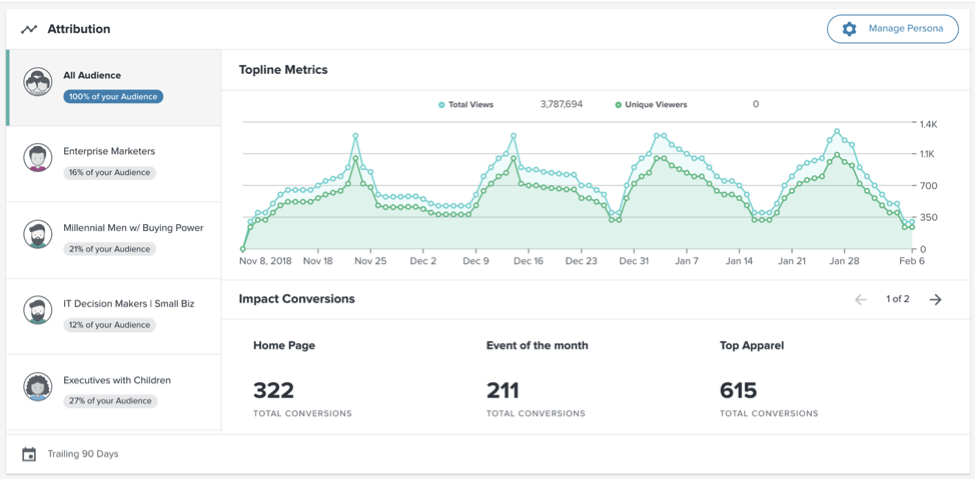
PR is a key component to organizations' marketing strategies. Yet for too long PR pros have depended on gut-driven instincts and inclinations to promote the company and engage with the public.
Take Chad, for example. A PR manager at a successful outdoor clothing company, he keeps close tabs on industry trends. His diligence has helped Chad lead important, successful PR initiatives for the brand.
In the best-case scenario, however, when this savvy, informed PR pro follows his intuition and creates a successful PR strategy, Chad's ability to prove and highlight success to the C-suite is a challenge.
The last thing he wants to say when the CMO asks about recent earned media successes is, “Well, I had a gut feeling that more millennial men were buying our jackets after reading about us in The Atlantic."
Based on that, Chad believed it made sense to target similar publications. His hunch worked. In addition, targeting fewer publications resulted in Chad being able to lower the brand's advertising spending, which had spread across many publications and platforms
Modern Measurement
Then along came certain KPIs, such as unique visitors per month and ad value equivalency (AVE). Being a forward thinker, Chad utilized these KPIs when and where he could. While a step in the right direction, these metrics didn’t take Chad’s strategy to the next level. They did little to abate the skepticism of the bottomline-driven C-suite.
Thankfully, this situation is no longer the case. Gone are the days of gut-level guess work, hit-or-miss metrics, and blank stares from board members.
PR has joined other professions in the age of modern measurement. New demographic and firmographic technology enables Chad to drive results through data. In addition, this technology empowers him to report those results to the C-suite in a clear and consistent way.
Demographic and firmographic technology allows Chad to easily answer these essential earned media questions:
- Audience reach: How many people saw our coverage?
- Customer persona: What type of people saw it?
- Business impact: What action did they take after seeing it?
Not only can demographics and firmographics help Chad answer these questions, but they can lift the curtain of earned media to reveal a world of insights and useful metrics.
Using these new tools, Chad creates customer personas that help him understand his current audience. Similarly, they help him discover where a new audience might be found. He even can examine side-by-side comparisons of the same customer persona for him and his competitors.

This graph captures audience data to showcase how target personas read and engage with earned media coverage.
Source: Cision
Armed with this analytical approach, the implications become clear: PR pros can begin to understand customer personas, build new-customer personas, and bridge the gap between earned media and paid media. Chad can better target his company's current audience and tap into a potentially new audience.
So, if you are a PR pro looking to take earned media to the next level, you should think of availing yourself of the demographic and firmographic technologies of modern PR measurement.
Jay Stephens is an executive at Cision
